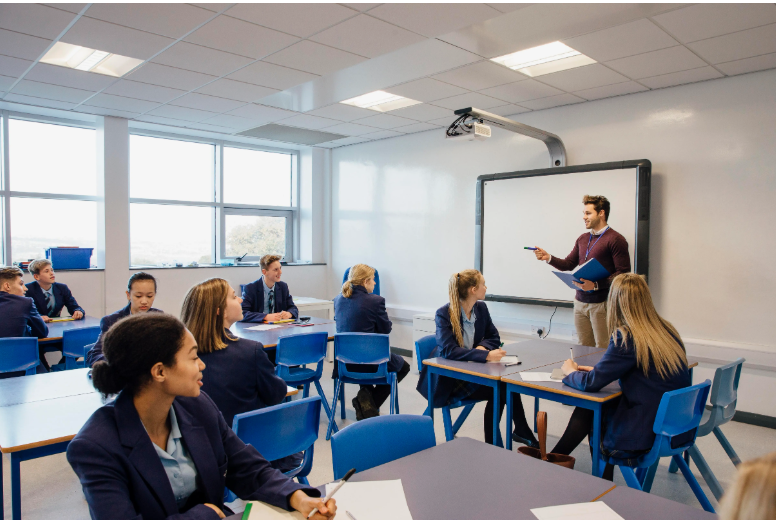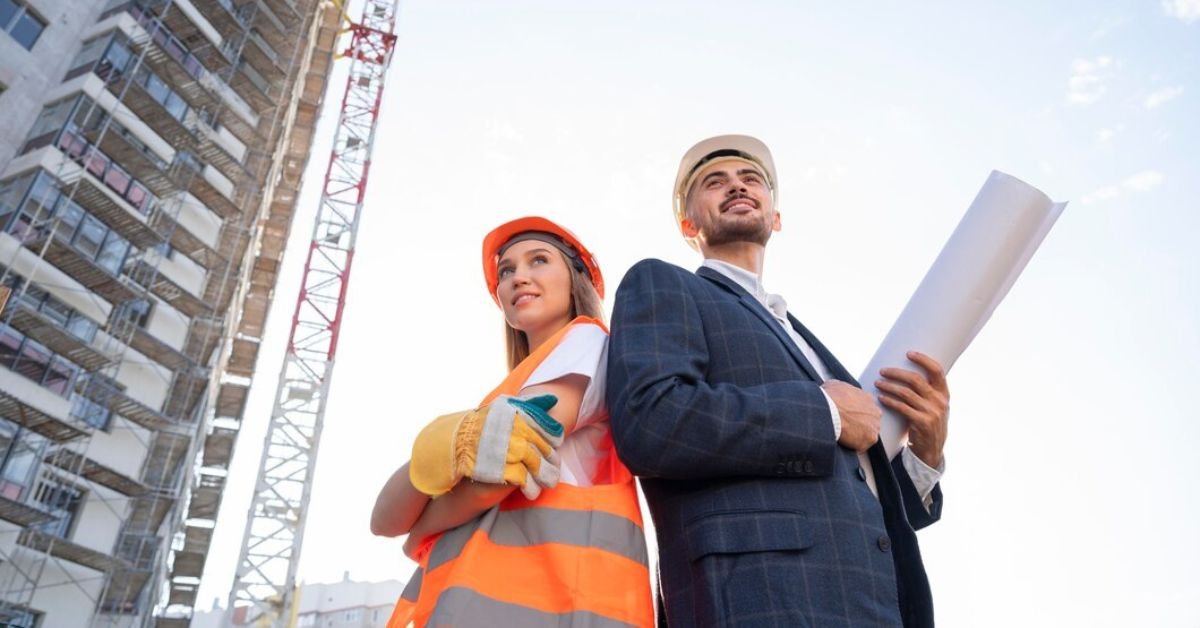Introduction
In today’s world, ensuring the safety and security of educational institutions is of utmost importance. Schools and universities are hubs of learning, creativity, and growth, but they can also be vulnerable to a range of security threats. Protecting students, staff, and visitors while maintaining a conducive learning environment requires a comprehensive approach to security.
Importance of Security in Educational Institutions
In addition to being academic learning centers, educational institutions are also scenes of student social and emotional growth. Security in such establishments is thus not only of paramount importance but also nothing else because security helps protect against all sorts of threats, secures everyone on campus, and allows students and staff to focus on their educational goals without fear.
Types of Security Threats Faced by Educational Institutions
A school can be exposed to a wide range of security threats, whether physical, natural disasters, or cyber. Physical security breaches can include violence, theft, and unauthorized access into buildings. Cybersecurity breaches, such as hacking and data breaches, pose risks to sensitive student and institutional data. The complexity of these threats requires a multi-layered security strategy.
Physical Security Measures
One of the significant safeguards is physical security, as educational institutions require protection from a physical perspective. This may include video surveillance cameras, security guards, access control systems, and emergency response plans. Other forms of protection may include metal detectors, limited access to restricted areas, visitor management systems, and restricted or controlled movements across the campus. Trained staff and students may even serve as the first line of defense in case of emergencies.
Cybersecurity in Educational Institutions
As technology becomes embedded in education, cybersecurity is now an integral part of campus security. The networks, data, and digital platforms used in institutions need to be protected against cyber-attacks that may involve hacking, identity theft, and more. Institutions have a responsibility to implement strong encryption, firewalls, and anti-virus software and educate students and staff on safe online practices.
Emergency Preparedness and Response
Emergency preparedness is one of the security priorities of educational institutions. A clear plan for dealing with emergencies should be in place: in other words, whether it’s an active shooter, a natural disaster, or a medical emergency. Regular drills and coordination with local law enforcement, coupled with a well-established communication system, should ensure that everyone on campus knows how to respond in an emergency.
Role of Security Personnel
Security personnel are integral parts of ensuring a safe environment within schools and colleges. They monitor the operations of surveillance systems, make regular patrols, and react to incidents. In addition, they engage in organizing the training of staff and students on protocols of safety and procedures for emergencies. Security personnel are always part of building relationships with local authorities to respond to potential threats in an organized fashion.
The Role of Technology in Enhancing Security
Indeed, it has been observed that technology is changing the face of the security approach in educational institutions. From facial recognition systems to AI-enabled surveillance cameras, this will all enhance ability, detect, and respond in real time to threats against it. Smart locks, emergency notification systems, and data analytics tools also aid in building institution security infrastructure and addressing potential gaps proactively.
Building a Safe Campus Culture
While physical and technological measures are crucial, a culture of safety on campus is just as vital. Institutions must foster an environment where students, faculty, and staff feel comfortable bringing to light suspicious behavior. Peer support systems, mental health services, and clear communication regarding safety policies all contribute to a safer campus. Building awareness and encouraging responsibility can significantly reduce security threats.
Legal and Ethical Considerations
On the other hand, educational institutions have a legal and ethical responsibility to security measures implemented in schools. The policies concerning surveillance, data protection, and privacy should adhere to national and regional legislation. Invasive security measures, such as always watching or searching one without consent, must be balanced out with the rights of the students and staff. Transparency and communication are key to maintaining trust in security policies.
Collaboration with Law Enforcement
An effective collaboration between the educational institutions and the local law enforcement agencies is crucial to ensure comprehensive security. The law enforcement departments can be helpful in providing training, conducting threat assessment, and assisting in emergency planning. A partnership with the local police and fire departments ensures that educational institutions do have support in case of an emergency.
Conclusion
Protecting an educational institution from potential threats is not easy but a task that needs to be done. A combination of physical security, cybersecurity, emergency preparedness, and a safe campus culture will all help create a favorable environment to learn. The cooperation of law enforcement agencies and training should be regular; the institution also needs to address mental health issues. A proactive comprehensive approach maintains a safe and secure environment for those within the educational premises.



